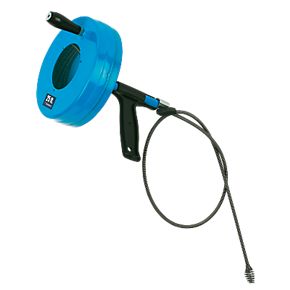I think there is restriction in a piece of swan neck. This is evidenced by over flow of the gutter in heavy rain resulting in water spilling out from the gutter sides. The gutter is shared by two town houses. It remains possible that the over flow could be to do with insufficient capacity.
From the exterior look of the swan neck, would you say there is restriction in it? What is the normal procedure for diagnosing it and clearing it? The feed into the swan neck is clean.
I am thinking of taking off the bracket and removing the swan neck for inspection and cleaning. I don't want any potential debris to go below the swan neck into the funnel for the down pipe that is shared with a neighbour. How are the swan neck pieces fitted together, is it by friction?
Thanks.


From the exterior look of the swan neck, would you say there is restriction in it? What is the normal procedure for diagnosing it and clearing it? The feed into the swan neck is clean.
I am thinking of taking off the bracket and removing the swan neck for inspection and cleaning. I don't want any potential debris to go below the swan neck into the funnel for the down pipe that is shared with a neighbour. How are the swan neck pieces fitted together, is it by friction?
Thanks.


